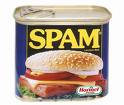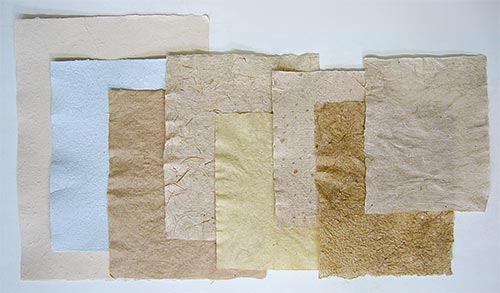SPAM, SPAM, SPAM!
I’ve been feeling a little stymied lately about posting for several reasons, not the least of which is that I’ve started to get quite a lot of SPAM comments. Luckily, WordPress invites me to approve a comment when it comes from a source I’ve not approved previously, so they don’t just show up without warning. Nevertheless, the SPAM comments have become disheartening, to put it mildly.
Since the early days of my blogging adventure, the ingenious creativity of the SPAM-minded individual has increased significantly. Instead of outright exhortations for the latest variety of mail-enhancement product, car insurance, or casino gambling, I’m now getting stuff that seems at first glance to be from a real person reading the blog. A closer look, though, quickly reveals that it’s not what it seems. Here are the comments I’ve received in the last 5 days:
Nice site… Cool guestbook…l (from Ron)
Nice site! Big thanx to webmaster! (from Rosina)
Hi, everybodyo (Ron)
Nice site! Big thanx to webmaster! (Willem)
Thanks so very much for taking your time to create this very useful and informative site. I have learned a lot from your site. Thanks!!f (Robert)
Great site. I will bookmark for my sons to view as well!!!d (Robert)
Very cool design! Useful information. Go on!o (Hannes)
Nice post. I’ll return.j (jeroen)
stieff bear (Steiff Bears)
Thanks so very much for taking your time to create this very useful and informative site. I have learned a lot from your site. Thanks!! (Dan)
hochu vodki!d (jeroen)
Thank you for your site. I have found here much useful information…d (Kathy)
Your work is marvelous!!p (Willem)
I enjoy your site very much! THANK YOUt (Hannes)
Wonderful and informative web site.I used information from that site its great.o (lhuv)
I you all love!s (Albert)
A fantastic site, and brilliant effort. A great piece of work. (jammarlibre)
And my person favorite, from lhuv:
I like this website. This website helped me with prayer learning. Good job. Thank you. Please provide more French prayers. Bye-bye.
I’m always happy to help anyone with their prayer learning, especially in French.
There are some interesting patterns at play here; for instance, 99% of these SPAM comments seem to be attached to 2 specific older posts. I don’t know if there is something significant about why these are chosen for attack. If I were a more tech-savvy person, I’d try to figure out what to do about the problem, but frankly I don’t have the time or inclination to pursue it. Seriously, though, this admittedly minor irritation really does put a damper on my enthusiasm for the whole blog thing.







